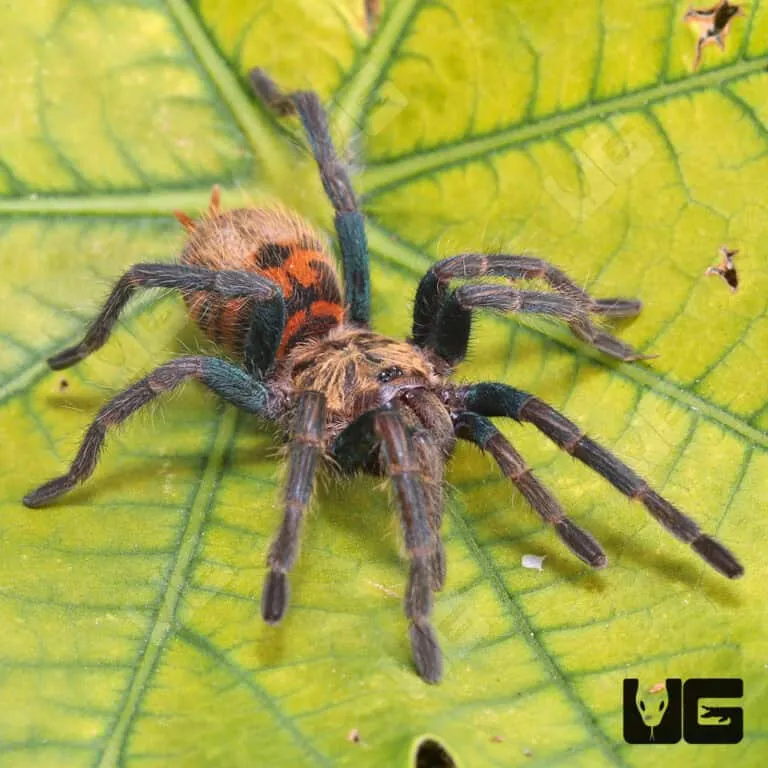GBB Tarantula Care Top 5 Facts
The Green Bottle Blue Tarantula (GBB) is a vibrant and fascinating pet, known for its striking blue and green coloration. While they may seem intimidating, GBBs are relatively low-maintenance compared to some other exotic pets, making them a popular choice for both beginner and experienced arachnid keepers. However, like all pets, they require specific care to thrive. This article outlines the top 5 essential facts to know about caring for a GBB tarantula, ensuring a happy and healthy life for your eight-legged friend. From enclosure setup to feeding and handling, we’ll cover everything you need to know to provide the best possible care for your Green Bottle Blue Tarantula.
Habitat Requirements
Creating the right habitat is crucial for your GBB’s well-being. They are arboreal tarantulas, meaning they prefer to live in trees or elevated environments. This means the enclosure’s height is more important than its floor space. A well-designed enclosure mimics their natural habitat, allowing them to feel secure and display their natural behaviors. Providing a suitable environment minimizes stress and maximizes their lifespan. The goal is to replicate their natural environment as closely as possible.
Enclosure Size and Setup
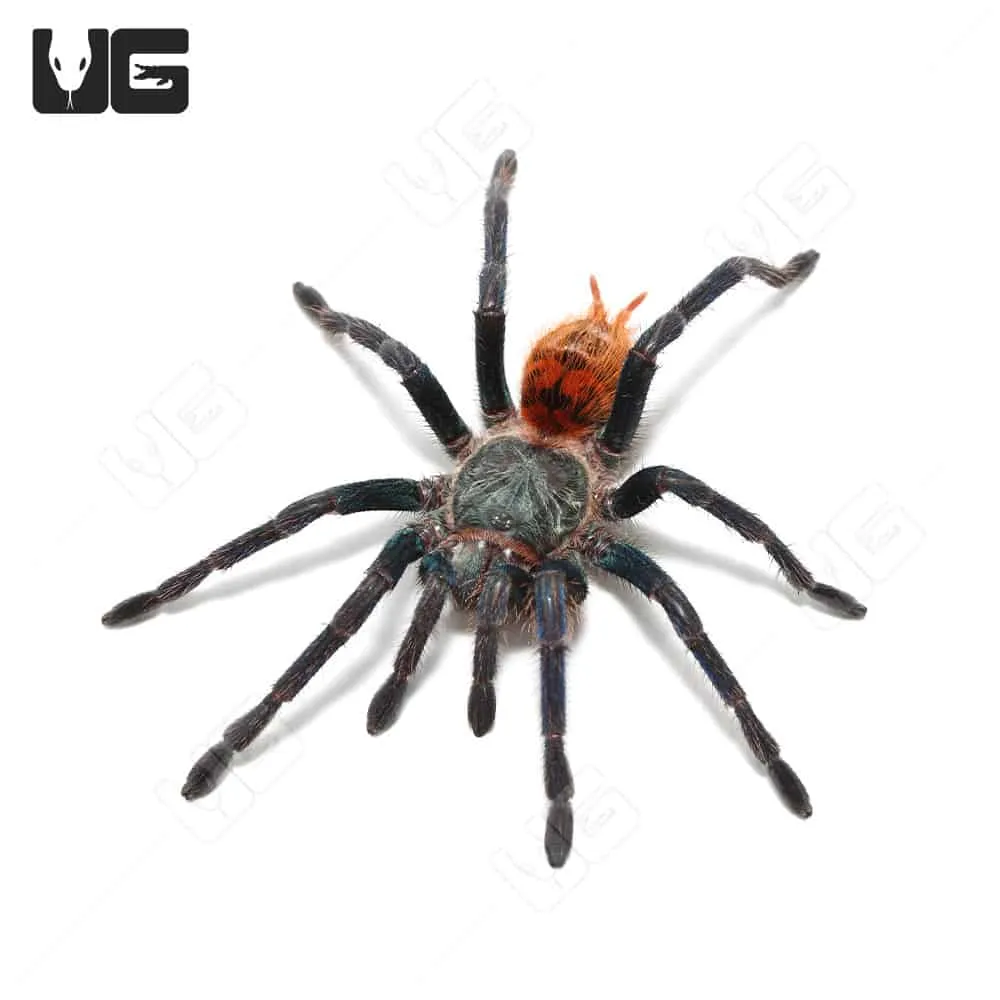
The enclosure should be tall rather than wide, with enough space for the tarantula to climb and web. For an adult GBB, a terrarium of approximately 12x12x18 inches or larger is recommended. The enclosure should be well-ventilated, with cross-ventilation being ideal to prevent stagnant air and mold growth. Secure the lid to prevent escape; tarantulas are surprisingly adept escape artists. The substrate should consist of a mix of coconut fiber, peat moss, and a little bit of vermiculite, providing a base for burrowing and maintaining humidity. Decorate the enclosure with cork bark, branches, and artificial plants to provide hiding places and climbing opportunities, as this tarantula will decorate the enclosure itself with webbing.
Temperature and Humidity
GBBs thrive in a temperature range of 75-85°F (24-29°C). Maintaining this temperature can often be achieved with ambient room temperature; supplemental heating, like a low-wattage heat mat on the side of the enclosure, may be needed in cooler climates. Humidity is also essential. A humidity level of 65-75% is ideal. Monitor humidity with a hygrometer. Achieving this humidity level can be done by misting the enclosure lightly every few days and providing a water dish. Avoid excessive moisture, which can lead to mold and fungal growth, harming the tarantula.
Feeding Your GBB Tarantula
Proper feeding is vital for your GBB’s growth and health. Understanding their dietary needs and feeding habits will ensure they receive the nutrition they require. GBBs, like all tarantulas, are opportunistic feeders, meaning they will eat what is available. A varied diet is usually preferred, including insects, that will provide essential nutrients to your GBB.
What to Feed Your Tarantula
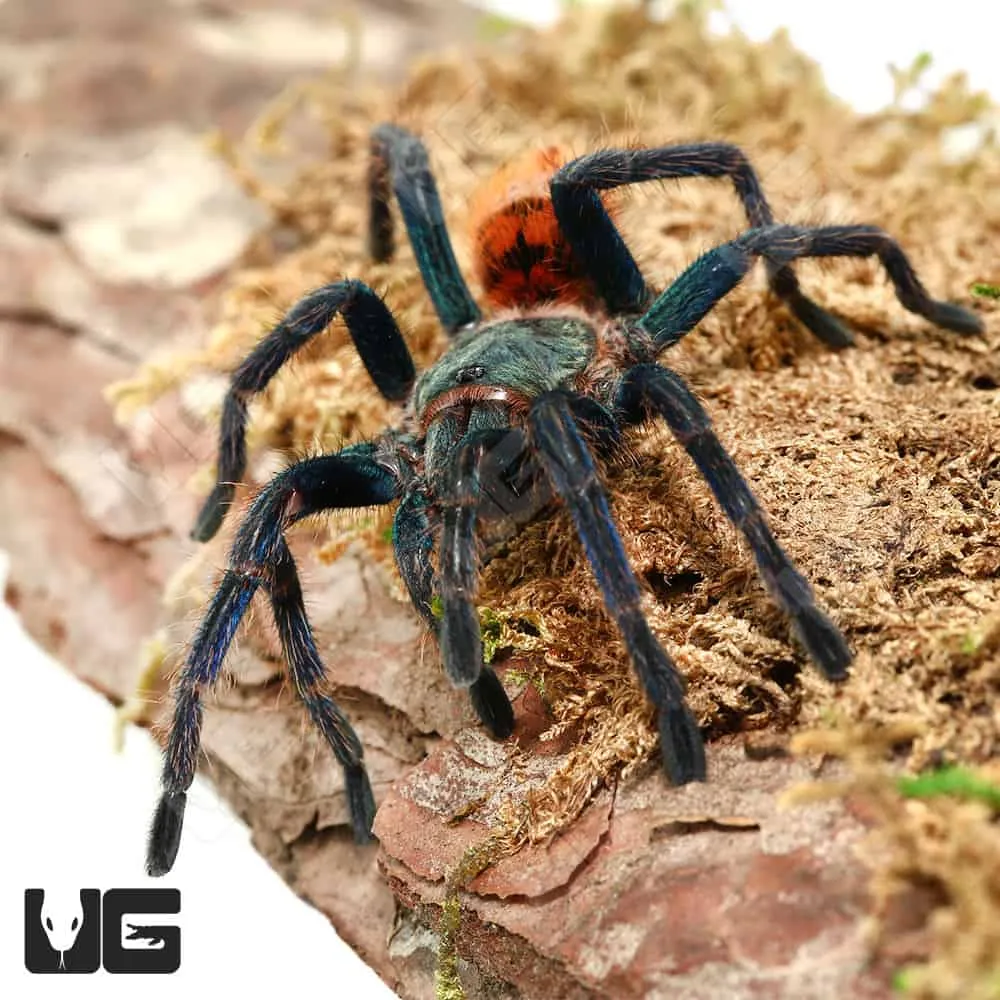
The primary food source for a GBB is insects. Crickets, mealworms, and dubia roaches are all good choices. Make sure the insects are gut-loaded before feeding them to your tarantula. Gut-loading involves feeding the insects a nutritious diet, thereby enriching the nutritional value for your tarantula. Occasionally, you can offer a small pinky mouse, but these should be a rare treat for adult tarantulas. Always remove uneaten food within 24 hours to prevent mold and mites from infesting the enclosure.
Feeding Frequency
Feeding frequency depends on the tarantula’s age and size. Spiderlings and juveniles need to be fed more frequently, about twice a week. Adult GBBs can be fed once or twice a week. Adjust the feeding schedule based on the tarantula’s abdomen size. If the abdomen is large and plump, you can reduce the frequency. Conversely, increase the frequency if the abdomen appears small. Always provide fresh water, even when not feeding.
Watering and Hydration
Water is as critical as food for a GBB’s survival. They need a consistent supply of fresh water to stay hydrated and healthy. Dehydration can lead to serious health issues and even death. Proper watering involves providing both a water source and maintaining appropriate humidity levels.
Misting and Water Dish
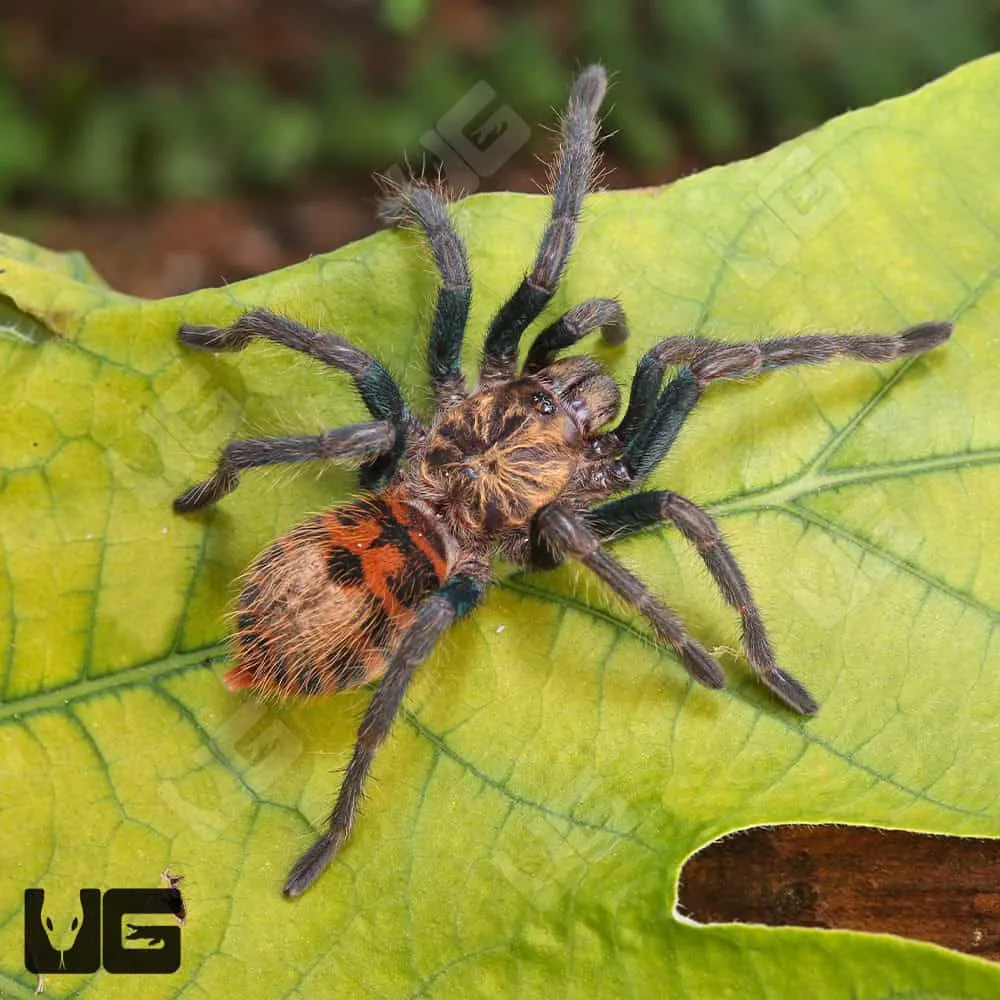
Provide a shallow water dish with fresh water. Ensure the dish is shallow enough to prevent the tarantula from drowning, especially for smaller specimens. The water dish should be cleaned and refilled regularly to prevent bacteria and algae growth. In addition to a water dish, mist the enclosure lightly every few days to maintain humidity. Avoid over-misting, which can lead to mold. The frequency of misting depends on the ventilation of the enclosure and the ambient humidity. Observe the tarantula’s behavior and the enclosure’s conditions to determine the appropriate misting schedule.
Shedding and Molting
Molting is a natural process where tarantulas shed their exoskeletons to grow. During this time, your GBB will be vulnerable, and it’s crucial to handle them with care. Understanding the molting cycle and providing a suitable environment will ensure a smooth and successful molt.
Recognizing a Shedding Cycle
Before molting, your GBB may become less active, stop eating, and appear darker in color. You might also notice a bald spot on their abdomen. These are signs that the tarantula is preparing to molt. Providing extra humidity and avoiding disturbance during this time is essential. Do not attempt to feed your tarantula if it is in premolt; it will not eat and could stress the tarantula.
Post-Shedding Care
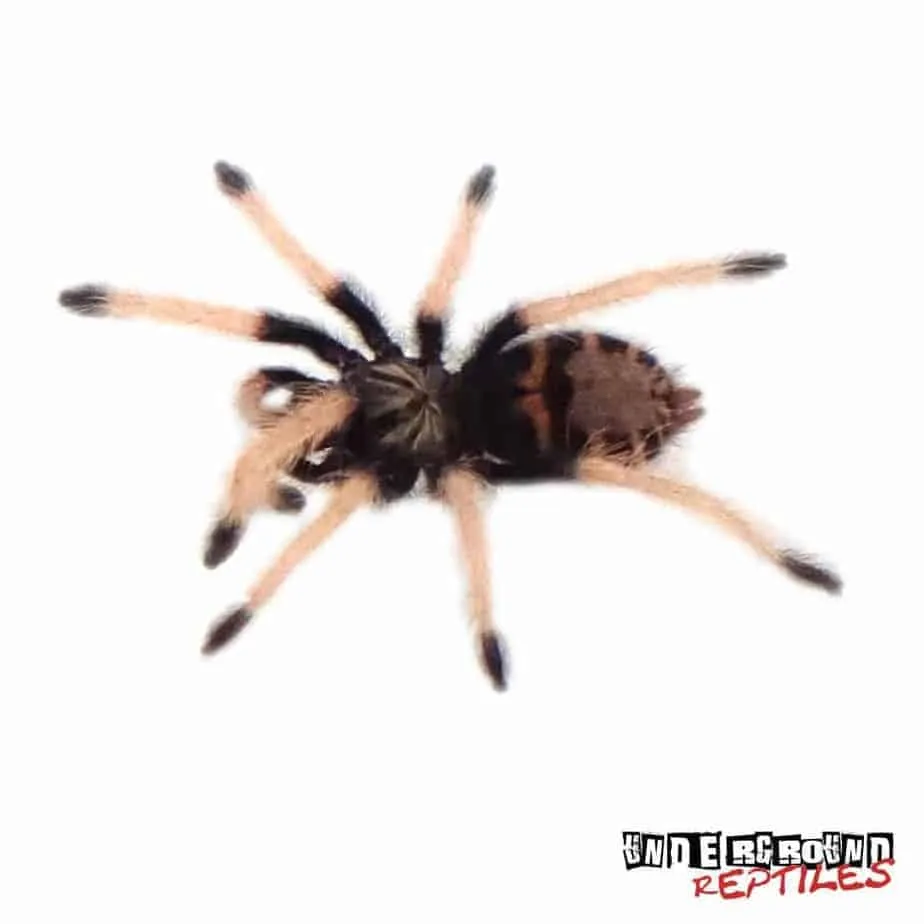
After molting, the tarantula’s exoskeleton will be soft, and the fangs will be especially vulnerable. Do not feed the tarantula for a week or two after molting, allowing the fangs and exoskeleton to harden. Provide fresh water, and once the exoskeleton has hardened, offer food. The GBB will likely be very hungry. Always be patient, and avoid handling your tarantula during or immediately after molting. Once the process is complete, the vibrant colors will be even more striking.
Handling and Safety
Handling a GBB tarantula should be approached with caution and respect. While they are not typically aggressive, they can bite if provoked. Their venom is not lethal to humans, but the bite can be painful. Always prioritize the tarantula’s well-being and your safety by understanding how to handle them correctly and safely.
Handling Precautions
If you choose to handle your GBB, do so with extreme care. Avoid sudden movements and ensure the tarantula is calm and receptive. Handle them over a soft surface to minimize the risk of injury if they fall. Never handle a tarantula if you are nervous, as your anxiety can transmit to the tarantula, increasing the likelihood of a defensive reaction. Always wash your hands before and after handling and never handle a tarantula with bare feet or hands after using soap that has any strong scent.
Understanding Tarantula Behavior

Tarantulas are generally not aggressive but can exhibit defensive behaviors like raising their front legs, flicking urticating hairs (if they have them), or biting. Observe the tarantula’s behavior to gauge its mood. If it appears agitated, it is best to leave it alone. A calm tarantula is more likely to allow handling. Respect the animal’s boundaries, and prioritize its well-being.
Caring for a GBB tarantula can be a rewarding experience. By following these five essential facts, you can provide a safe and enriching environment for your pet. Remember, patience, observation, and a commitment to their well-being are key to a successful and enjoyable tarantula-keeping experience. With proper care, your Green Bottle Blue Tarantula will thrive, offering you a fascinating glimpse into the world of these captivating creatures.
